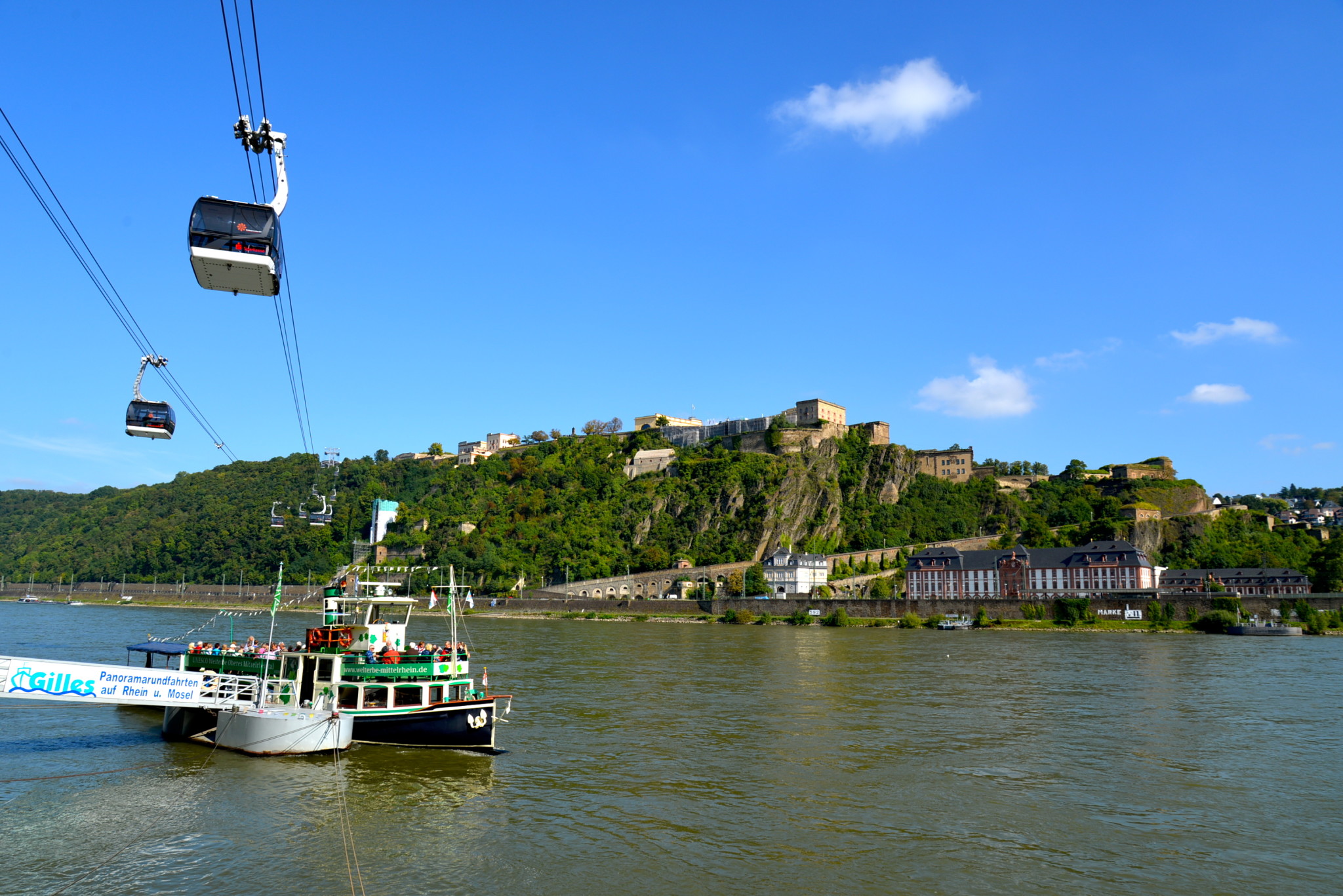
konigsstuhl
景点印象
DawnandSi
interesting and fabulous views - take a picnic up in the summer - take your camera too for the views.
vakantiejozef
At an historic spot along the Rhine the “Königstuhl inter nuces” (Nussbaumgärten,Walnut-garden) was built 1390-1400. Not only negotiations were conducted here, but also other imperial Affairs werre discussed. It symbolized a place of Royal power and a place of law and jurisprudence. At the intersection of their territories gathered since 1273 the four Prince-Electors of the Rhine near Rhens, on that spot they twice chose a German King, namely in 1346 the later emperor Karl IV and in 1400 Rupprecht von der Pfalz. The Kings after him took place on the Königsstuhl (King’s chair) and swore the oath of allegiance. Here the newly crowned rulers, in transit from the place of election Frankfurt to the place of Coronation Aachen, accepted the oath of allegiance of the Prince-Electors. In 1456 negotiations took place about Knight von Westerburg who robbed travelers and merchants, he was sentenced to pay a fine of 12,000 guilder to his victims. The Königsstuhl most likely goes back to an older wooden structure. The present octagonal construction consists of an octagonal pedestal on seven outer Equilateral pointed arches which rest on eight external pillars (each with a buttress on its common basis) at the sides eight inner arches along with an octagonal central column surrounded by a wall, octagonal platform with stairs, 17 steps (instead of the eighth outer arch) which leads South-West by trough a Equilateral pointed arch to another stairs. Built from rectangular blocks of black lava, the eight columns and Central column are made of basalt. Of the original Königsstuhl are the pedestal and the Capital of the central column reused. The base of the pillars were initially white limed. The original Königsstuhl (built before 1398) differed from its 1842 successor in many ways: its had no pediment on the Eastern staircase arch, the ring-wall part and platform on a higher level. The staircase was perpendicular (pointing direction NW) at the first steps and the further steps to the platform (towards NO as of the currentstaircase). The massive walls of the back stairs part were carried by an arch (as broad as the stairs) which left a passage open under the stairs so all eight bases of the pillars stood free. The walls were plastered and whitewashed, no stones were visible, the pillar pedestals were painted in a reddish tone up to half the height of staircase and staircase arch, the 8 flying buttresses were shorter and equipped with its own pedestal (the current ones have a common basis), the eight outer arches were flatter and therefore seemed somewhat wider than the ones of the current construction, on the South-Eastern outer wall direction Rhine was on the bright carcass work above the arch the two headed eagle of the Roman Empire painted. After restoration by Landgrave Georg II von Hessen in 1624 the next 170 years the Königsstuhl gradually decayed, on the South-Eastern outer wall direction Rhine was on the bright carcass work above the arch the two headed eagle of the Roman Empire painted. After restoration by Landgrave Georg II von Hessen in 1624 the next 170 years the Königsstuhl gradually decayed, after its 1795 destruction and sale of the stones to Rhenser civilians by French soldiers during the Napoleonic wars the Königsstuhl was in 1806 permanently demolished. After a major fundraising campaign (in which also the King of Prussia took part) the Königsstuhl was rebuilt 1840-1843 (buildingmaster Johann Claudius von Lassaulx). In 1924 the construction had to be moved on the basis of industrial requirements: after the discovery of a mineral source in Rhens, in 1929 the Königsstuhl had to be removed from its original location (the current Rhine installations) and rebuilt on a slope above village Rhens. 1979-1982 Restoration by the Castle management Rhineland-Palatinate and the coat of arms of Rhineland-Palatinate added.
felipes67
Para se chegar ate este despenhadeiro precisa pegar um ônibus no estacionamento do centro da cidade. O onibus leva em torno de 40 minutos para chegar lá e podemos ficar uns 45 minutos admirando está falésia. Recomendo para quem vai ficar mais de um dia em Rugen.
WernerausNRW
Als Geschichtsbanause muss ich gestehen, dass mir Rhens eigentlich nicht viel sagte. Die Inschrift am Königsstuhl zeigt die erstaunliche Geschichte von Rhens.
Ulrich90547
Sehr schöne Aussicht. Sollte man mal gewesen sein. Ein sehr Intressanter Ort. Man kann hier oben die Gegend geniesen.
MeulenijzerH
Geeft goed uitzicht over het stadje Rhens en ook weer een fraai Rijnpanorama Is een belangrijk monument voor de deelstaat Rijnland -Falts.
Gerardv125
Het plekje is mooi, maar er niets authentieks meer aan deze Königsstuhl. Het is een bakbeest van een ding en er valt niets aan te zien. Leuk om aan de buren te vragen 'was jij ooit bij de K§uonigsstuhl', maar nauwelijks een reiservaring. Ik was er met mooi weer op het fietsje, dus ben snel doorgereden door een mooi landschap


